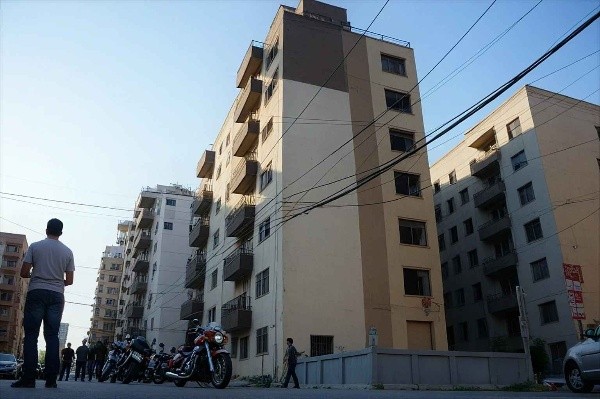Iran’s Plan to Strike Back Against the U.S.
Iran’s Military Preparations Following U.S. Attacks
Loading...

Israel also launches more attacks on Beirut’s southern suburbs and says it targeted Hezbollah’s intelligence HQ.
Overview of the Incident
In a significant escalation of hostilities, an Israeli airstrike in northern Lebanon has resulted in the deaths of a prominent Hamas leader, his wife, and their two daughters. The attack occurred on Saturday in the Beddawi refugee camp, located near the northern city of Tripoli. This incident marks the first airstrike in this area since the onset of the ongoing Gaza conflict nearly a year ago.
Targeting Hamas Leadership
The deceased commander, Saeed Attallah Ali, was recognized as a critical figure within Hamas's armed wing, the Qassam Brigades. According to Hamas, this strike is part of a broader Israeli campaign targeting its leadership in Lebanon, with reports indicating that at least 18 senior commanders have been killed in recent weeks. The Israeli military has yet to issue a statement regarding the attack near Tripoli.
Escalating Attacks on Hezbollah
Israel has intensified its military operations against Hezbollah, particularly in Beirut's southern suburbs, following nearly a year of sporadic exchanges of fire along the Israel-Lebanon border. On the same day as the airstrike, explosive sounds reverberated throughout the southern suburbs of Beirut, notably in the Dahiyeh neighborhood. Residents reportedly received warnings from Israel prior to the bombings, although it remains unclear how many civilians were able to evacuate.
Targeting Hezbollah's Intelligence Operations
On Friday, Israel announced its successful targeting of Hezbollah’s intelligence headquarters in southern Beirut. This follows a series of strikes aimed at high-ranking members of the group, including a recent attack that purportedly killed Hassan Nasrallah, the secretary-general of Hezbollah, on September 27. Al Jazeera correspondent Ali Hashem reported a busy night of bombardments, highlighting a recent airstrike near Beirut's Rafic Hariri International Airport.
Casualties and Damage Reports
The Israeli military claimed to have struck Hezbollah fighters in a mosque adjacent to the Salah Ghandour Hospital, which it labeled a "command center" for attacks. Following this strike, nine medical staff members were reported injured, primarily due to the Israeli warning that preceded the attack. As of now, Hezbollah has not disclosed information regarding casualties from these recent strikes.
Continued Resistance from Hezbollah
In response to Israeli aggression, Hezbollah announced that its fighters engaged in combat with Israeli troops in southern Lebanon, successfully targeting an Israeli tank. Additionally, Hezbollah launched Fadi-1 rockets at Israel’s Ramat David Airbase, located approximately 45 kilometers from the Lebanese border.
Rising Casualty Figures in Lebanon
The humanitarian situation in Lebanon continues to deteriorate, with the Lebanese Ministry of Public Health reporting that over 2,000 individuals have died as a result of Israeli assaults, primarily occurring in the last two weeks. The Lebanese government has condemned these actions, emphasizing the high civilian toll, including numerous women and children.
Displacement and Humanitarian Crisis
The ongoing conflict has displaced more than 1.2 million Lebanese citizens, as many have fled to northern regions or to Syria. However, recent attacks have hindered access to safe havens, with a major border crossing between Lebanon and Syria being closed. UN spokesperson Stephane Dujarric condemned the civilian toll as “totally unacceptable,” highlighting the dire conditions faced by displaced populations.
UN Peacekeeping Operations
Despite the escalating violence, the UN peacekeeping force in Lebanon has affirmed its commitment to remaining in place, rejecting an Israeli request to relocate. The UN Interim Force in Lebanon (UNIFIL) continues to monitor the situation closely and has contingency plans in place.
Conclusion
As the conflict intensifies, both military actions and humanitarian ramifications unfold, creating a complex and tragic scenario for the people of Lebanon. The situation remains fluid as both sides prepare for further confrontations amid rising casualties and displacement.
Editor
Iran’s Military Preparations Following U.S. Attacks
Troops remain in five strategic locations, raising fears of renewed tensions and long-term occupation.
Opposition forces have taken control of the capital after a significant offensive. Here is how it unravelled.
